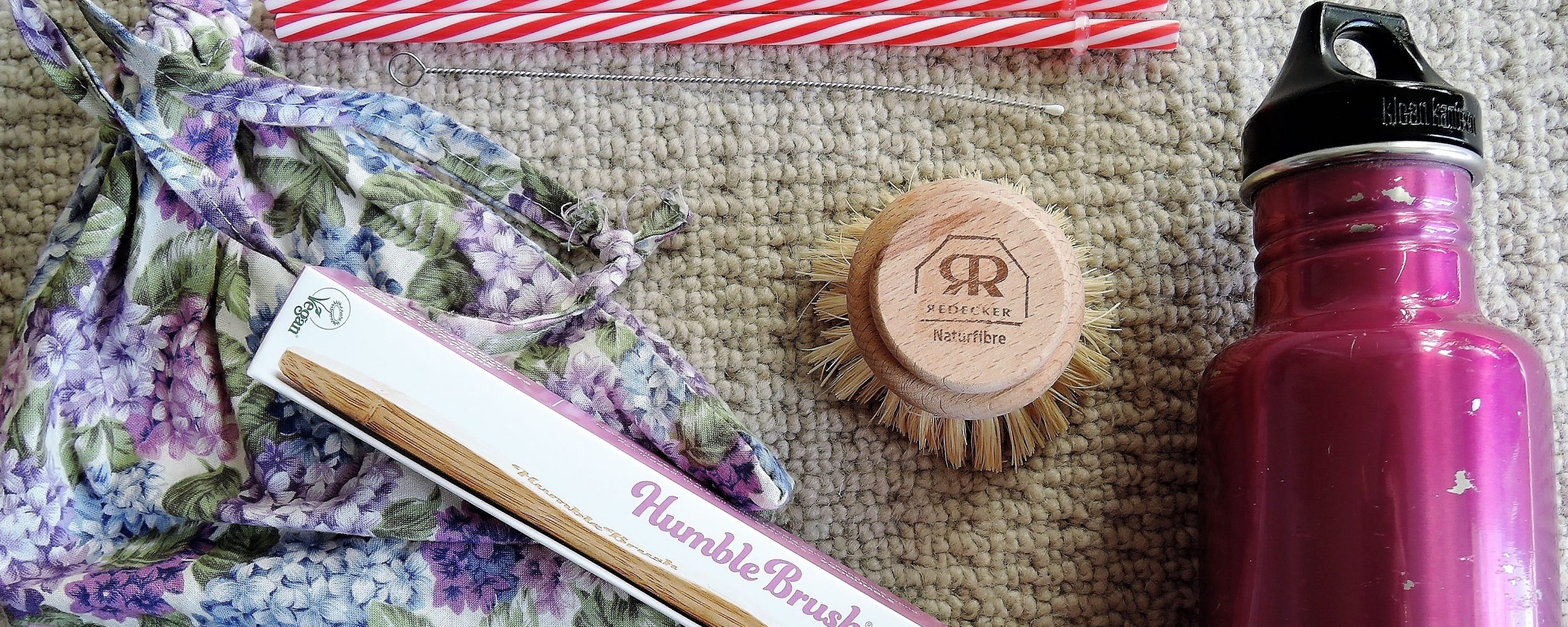The fashion industry is one of the most harmful industries on the planet. In this post I share ways to make your wardrobe more sustainable. It’s time to quit fast fashion!
Facts on Fashion Waste:
Fashion manufacturing consumes more energy than the aviation and shipping industries combined, and it’s responsible for 10% of the global carbon footprint. Textile production is also hugely water intensive. Per kilo of cotton (pair of jeans and a shirt), the average water footprint is 15,000 litres. Moreover, textile production is the second greatest polluter of local freshwater.
Fashion is also ridiculously wasteful. Every year, the world consumes over 80 billion articles of clothing. In the UK, we get rid of a million tonnes of textiles per year, 300,000 of which end up in the bin (20% to landfill, and 80% burned). Even if you donate clothes to charity or recycle them, they don’t always end up getting a second life (see Companies that are Greenwashing).

North Americans send 9.5 million tonnes of clothing to landfill every year, 95% of which could have been reused or recycled! And, the average Canadian throws away 37kg of textiles per year.
Now that I’ve bombarded you with depressing facts about the destructive fashion industry, what can you do to quit fast fashion and be more mindful with your clothes?
How to make your wardrobe sustainable
Care for your clothes
Wash your clothes on 30°C unless they’re heavily soiled. Separate your colours and your delicates to avoid dye transfer and/or damage. Wash denim inside out. Consider the washing agents you use —do you really need to use chemically-scented laundry soap, fabric softener, scent boosters, and dryer sheets? A natural detergent free from artificial chemicals will clean just as well (or you could try an eco-egg or soap nuts). Opt for line drying, or use woollen dryer balls. And why not use a Cora Ball to catch microfibers?! (Cora Ball Review). If you look after your clothes, you’ll be less inclined to feel you need to shop for more.

Shop your wardrobe
I rotate my wardrobe seasonally, but I also pick out options on the weekend so that I’m not wearing the same outfit over and over. This allows me to re-visit items hiding in the back of my closet, and extends the life of each garment.
“30 Wears”
If you do shop at conventional clothing stores, adopt the “30 wears” rule. If you won’t wear it repeatedly, don’t buy it. Personally, my rule is more like “3 years”, but you get the idea.
Mend your clothes
Learn to repair small rips, sew buttons back on, and make minor alterations. You can also get your shoes re-heeled!
Donate or sell unwanted clothes and recycle textiles
If you genuinely aren’t going to wear something, why not try and sell it to someone who will? I personally list clothes on Depop and then donate to charity. Please don’t throw old textiles in the bin, they can be recycled at most community clothing drop-off bins.
Shop second-hand
Again, if I do buy clothes, they are often from Depop. Charity shops are also a good option. Thread Up is another option available in North America.
Clothing Swap
Conveniently, Lucy and I can swap clothes, but you can also swap with friends, or go to a community swap event.
Ethical/Sustainable Companies
Vote with your wallet. If you can afford to do so, opt for companies that have ethical factory conditions, fair trade, organic, recycled and sustainable textiles, environmental targets, transparent manufacturing practices, and low waste/carbon neutral distribution. But again, only buy clothing that you actually need and will wear! My favourite shop is Thought Clothing and Kite Clothing for children. Wearth London (affiliate link) also sells organic and ethical ranges.

Choose sustainable textiles
I’m a sweaty human so I opt for natural fibres over synthetics. By doing so I avoid excessive microfibers, which shed more from synthetics. However, natural fibres such as cotton are still resource heavy and can have loads of negative environmental consequences (such as pesticide use).
For more info see this article about new fabrics.
Those are just some tips on how to reduce your fashion environmental impact. For more information, please check out the resources below!
Resources:
Guardian article on fashion damaging the planet
European Parliament briefing on environmental impact of fast fashion
I’ve spoken about the fashion industry in my posts Sustainability and Environmental Documentaries, and Ten Changes I’ve made in 2019 to live more Sustainably, and I highly encourage you to watch The True Cost, if you haven’t already.
Also, shout-out to YouTuber and blogger My Green Closet who makes great content on sustainable fashion.







Quitting fast fashion was the big step in getting back to myself. To me in a way it is a form of body positivity. You are buying strategic long lasting pieces that suit you not the trends.